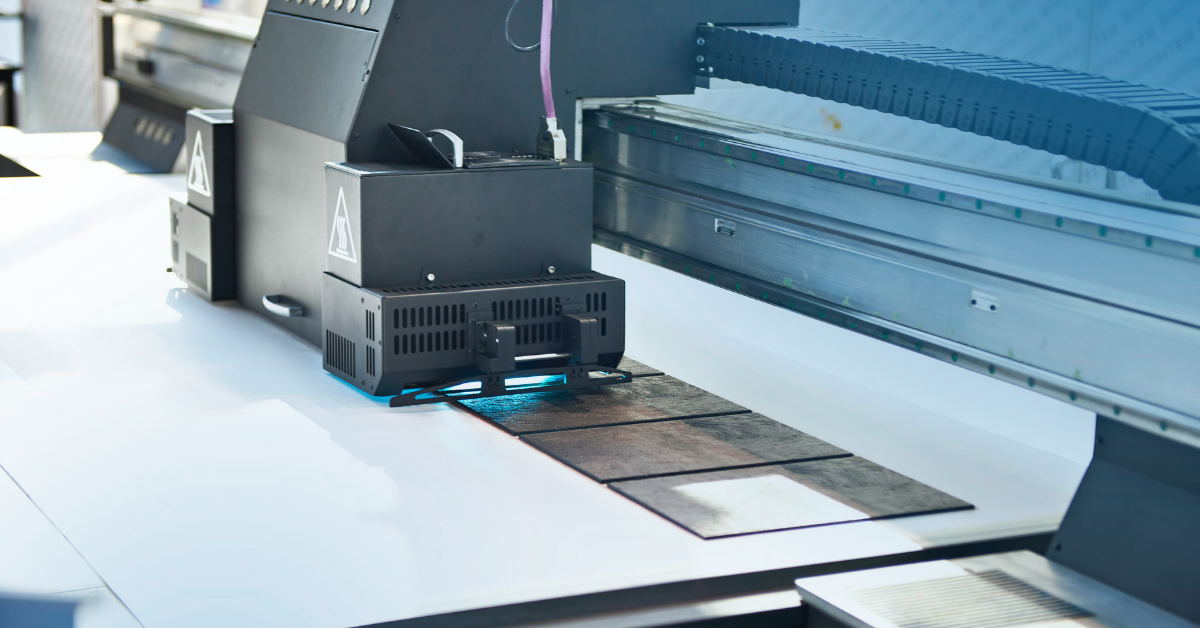Accounts Payable 101: Introduction to Digital and Automated Payments

Accounts payable is an important cash flow indicator that provides insight into the financial health of a business. Its importance is why every accountant, small business owner or entrepreneur should understand what it is and how to manage the process. This blog will provide a comprehensive guide to:
● The accounts payable process
● How to calculate, forecast, and reconcile accounts payable
● The importance of digitization and automation to accounts payable and
● Tools to streamline and simplify accounts payable.
Introducing Accounts Payable
Accounts payable refers to all your business expenses except payroll. It consists of your financial commitments to every vendor or supplier of goods and services to your business. Generally, these financial commitments refer to invoices for goods or services that are not yet paid for. Hence, invoices your business immediately pays for to receive the items do not count as account payable entries.
Alongside payrolls, accounts payable entries do not include taxes, employee benefits, and other compensatory payments. It focuses solely on invoices received from vendors and suppliers. The accounts payable process refers to the activities associated with placing orders, receiving invoices, and resolving invoice payments. This process can be categorized into 4 important activities:
1. Making purchase orders
2. Receiving placed orders
3. Receiving invoices
4. Paying the invoice and reconciling your accounting records.
While the first two are self-explanatory, it is important to highlight the activities the last two processes consist of. Invoices are received in diverse ways depending on your relationship with vendors and their billing processes. Invoices may be sent via e-mail or through the post. Hence, they must be properly collected to optimally resolve your accounts payable responsibilities. Once collected, each invoice must be compared to the documents surrounding the transaction such as statements, deliveries etc. This ensures that accurate payments are made within their stipulated time to improve business relationships with vendors and extend your line of credit.
Calculating and Forecasting Accounts Payable
The conventional process for calculating accounts payable is time-consuming and labor-intensive. For example, ABC company purchased goods from 50 companies over an accounting period of three months. To accurately calculate its accounts payable, ABC must collate its invoices to calculate how much it needs to pay at the end of the payment window.
The consistency in which ABC makes its accounts payable payments can also be used to calculate its accounts payable turnover ratio (APTR). The turnover ratio provides the business and investors with insight into the cash flow of the business and how consistently it meets its financial obligations. To calculate the accounts payable ratio specific parameters must be known. These include: beginning accounts payable balance (BAP), total supply purchases (TSP), and ending accounts payable balance (EAP). For example, ABC’s:
● BAP - $10K
● TSP - $40K
● EAP - $12K
● Accounts payable turnover ratio – TSP / (BAP + EAP) / 2 = 40K / (10K + 12K) / 2 = 1.8
This means that ABC’s accounts payable payments were made approximately twice in three months. A decrease in ABC’s turnover ratio for the next quarter means that the business is taking longer durations to pay off its suppliers and it could be struggling financially or has updated its payment structure with vendors. An increase in the ratio means the business is paying off suppliers at a faster rate and may be financially sound.
To forecast ABC’s ability to meet its accounts payable obligations, historical turnover ratio data can be used. If the business’s turnover ratio is consistent at 1.8 every three months of 90 days, the average number of days taken to fulfil invoices is – 90 days/1.8 turnovers = 50 days. This means ABC takes an average of 50 days to pay its suppliers.
Insight from historical accounts payable data serves as the foundation for forecasting a business’s future payment capabilities. These insights can also be leveraged to plan future payments to vendors to increase trust, eliminate supply backlogs, and deduce the impact of increased customer demands on cash flow.
Accounts Payable vs. Account Receivable

Alongside accounts payable, accounts receivable also serve as a crucial indicator of the cash flow and health status of your business. As defined earlier, accounts payable focuses on your financial obligations to vendors or suppliers of goods and services. Accounts receivable refers to the money your business is owed from the services or goods it provides.
Although businesses rely on diverse sources of cash to service accounts payable, the amount received from accounts receivable is generally used to fulfil invoices. In an ideal scenario, a healthy business is one that utilizes monies from accounts receivable to service its accounts payable obligations, payrolls, and recurrent operational costs without dipping into other sources of funds.
Optimizing the Accounts Payable Process with Automation
Manually collating hundreds of invoices sent electronically or physically and reviewing them before making payments is a time-consuming process prone to error. In many cases, relying on physical processes leads to missed payments which reduces trust between the supplier and recipient. Thankfully, software applications that automate the accounts payable process exist. These apps provide your business with a single source of truth to collate, invoices, reconcile accounts, automate calculations, make payments, and store data for future use.
A single, centralized accounting platform streamlines your accounting process through digitization. First, it eliminates tedious data entry, removes paper-based processes, and generates a digital audit process that reduces human error. An example is QuickBooks. Businesses utilize QuickBooks Online and Desktop to streamline accounting and bookkeeping requirements within a centralized platform. QuickBooks is also used to store financial transactions data that form the basis for a business’s accounts payable process, payroll management, and cash flow analysis.
Cutting-edge accounts payable software leverages the transactional information QuickBooks stores to automate the accounts payable process. These applications integrate with QuickBooks to access only crucial accounts payable information such as invoices, orders made, and orders received to start the process. Utilizing QuickBooks data, the application automates the audit and calculation process to provide a single dashboard of the business’s accounts payable obligations.
Advanced accounts payable software takes the process a step further by offering your business diverse payment options to fulfil invoices. These options may include the use of electronic transfers, e-checks, and secure physical checks depending on the payment requirement of each vendor.
Why Experienced Accountants and Successful Enterprises Choose TROY FlexPay

Statistics show that 70% of businesses with inadequate accounts payable processes go out of business. This is why small and medium-sized businesses need accurate financial data and insight to be successful. TROY FlexPay provides turnkey software for automating, streamlining, and managing the accounts payable process. The application works with QuickBooks to enable you to pay your invoices the way you and your vendors prefer. Invoice payment options include the use of EFT, ACH, and physical checks to fulfil your accounts payable obligations.
Aside from the financial benefits, SMBs that utilize TROY FlexPay to digitize and streamline their accounts payable processes gain additional intangible advantages that include:
● Optimized vendor-recipient relationships: Customizing payment options to meet the diverse requirements of each supplier reaffirms your position as a trustworthy, reputable business from your vendors’ perspective.
● Anticipate Suppliers’ Capabilities and Needs: Using historical data to determine when vendors fulfil orders and prefer to receive payments enables your business to be a better client to vendors. Understanding a supplier’s capabilities also ensures you can customize your increased demands according to their manufacturing and delivery capacity. This also helps your business avoid supply-related challenges.
● Leverage Benchmark Data: Analyzing historical accounts payable data against trends such as increased customer demands enable your business to forecast the impact of trends on your ability to meet your accounts payable obligations.
To learn more about streamlining and simplifying accounts payable, visit the TROY FlexPay page or speak to a TROY Group representative today.
Related Posts

What is UV Printing? UV Curable Inks for Packaging
Ultraviolet, or UV printing is an advanced digital technology that cures specially designed inks using UV light. This process creates sleek, vibrant designs that dry instantly,..

Here's How to Beat Upcoming Postage Rate Increases
In 2024, a notable increase in postage costs became a reality. With postage increases expected to occur multiple times a year, it's important to be prepared for what's coming.

What is MICR Toner? A Guide for Check Printing
What is MICR? MICR stands for Magentic Ink Character Recognition, and it plays a critical role in check printing. If you're printing checks for your business, you should always be..



Leave a Reply